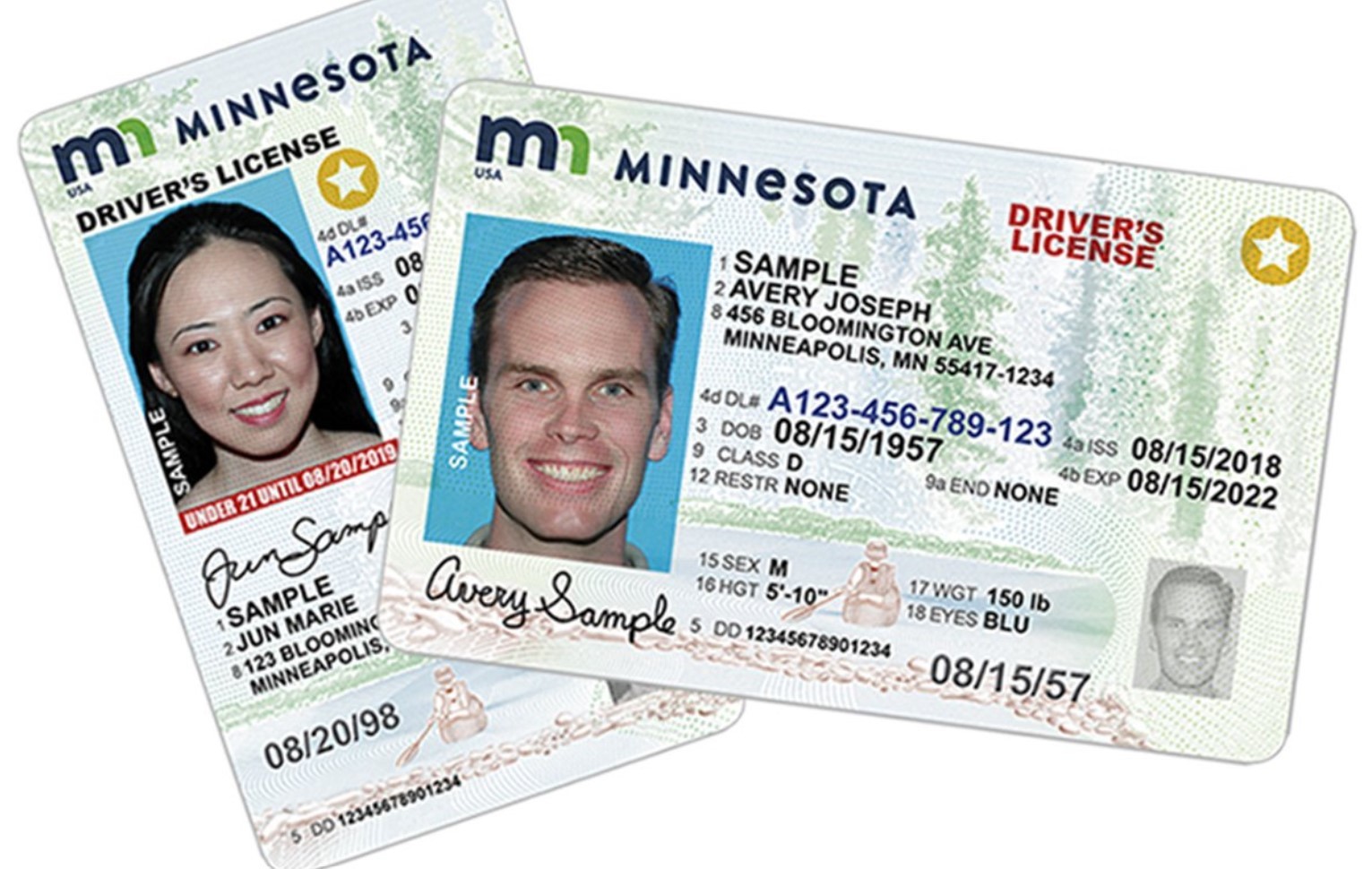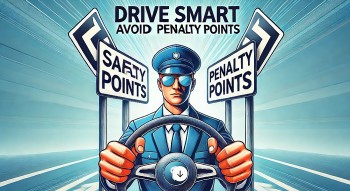Who Needs a REAL ID? What Happens If I Don’t Have One?
By now, you’ve probably heard about the REAL ID requirement—but who actually needs one? And what happens if you don’t get it by the deadline? If you travel, visit federal facilities, or just want to be ready for future changes, this guide breaks down everything you need to know about who needs a REAL ID and what’s at stake if you skip it.
Read more: What is REAL ID? And When is the REAL ID Deadline?
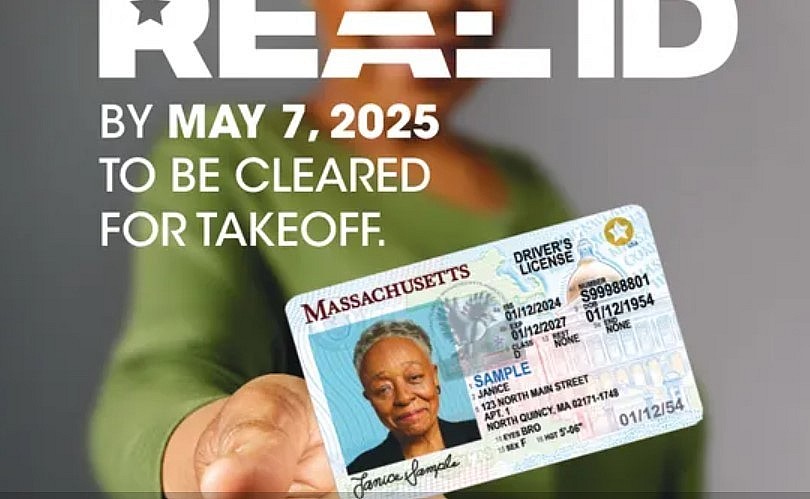 |
| Who needs a REAL ID |
Who Needs a REAL ID?
Not everyone needs a REAL ID, but millions of Americans will need one depending on how they travel or interact with federal buildings.
You Need a REAL ID If You Plan To:
-
Board a domestic flight in the United States after May 7, 2025.
-
Enter secure federal facilities, such as:
-
Military bases (if you're a civilian visitor)
-
Federal courthouses with restricted access
-
Nuclear power plants and similar high-security sites
-
If your current ID is not REAL ID-compliant, and you don’t have another acceptable form of identification (like a valid U.S. passport), you will be denied entry after the enforcement date.
You Do Not Need a REAL ID If You:
-
Do not plan to fly domestically or enter secure federal buildings.
-
Use a valid U.S. passport instead of a state ID when flying.
-
Drive a car (REAL ID is not required to operate a vehicle).
-
Vote in federal, state, or local elections.
-
Apply for or receive federal benefits (like Medicare, Social Security).
-
Enter regular post offices or non-secure federal offices.
In short: REAL ID is not mandatory, but it will be required for specific federal purposes. If you won’t engage in those activities, you may not need one—yet.
Read more: New TSA Rules 2025: These Common Travel Items Are Now Banned from Checked Luggage
REAL ID and Air Travel: The Key Use Case
The most common reason people need a REAL ID is for air travel within the U.S. Beginning May 7, 2025, TSA will only accept REAL ID-compliant IDs (or approved alternatives like passports) to go through airport security for domestic flights.
Acceptable Alternatives to REAL ID at Airports:
-
Valid U.S. passport or passport card
-
DHS Trusted Traveler cards (e.g., Global Entry, NEXUS)
-
Permanent Resident Card (Green Card)
-
Department of Defense ID
-
Tribal-issued photo ID
If you typically use your driver’s license to board domestic flights, you’ll need to make sure it’s REAL ID-compliant—look for the gold or black star on the top right corner.
What Happens If You Don’t Have a REAL ID?
After May 7, 2025:
-
You cannot board a domestic flight using a non-compliant license or ID.
-
You may be denied access to secure federal buildings.
-
You will need another TSA-approved ID, like a passport, to travel.
If you show up at the airport without a REAL ID or alternative form of accepted ID, you will not be allowed through security—even for short or in-state flights.
Important: A standard driver’s license will still be valid for:
-
Driving
-
Local identification
-
Non-federal purposes
REAL ID vs. Passport: Which One Do You Need?
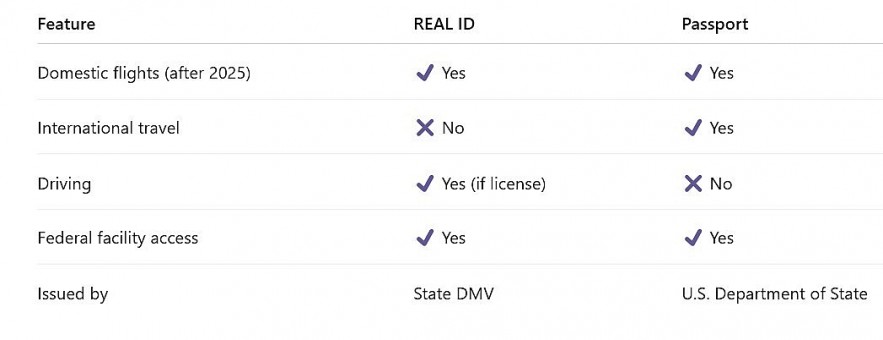 |
| REAL ID vs. Passport |
If you already have a passport and carry it regularly, you may not need a REAL ID. But if you rely on your driver’s license to travel, getting a REAL ID is the most convenient option.
How to Tell If You Already Have a REAL ID
Look at your state-issued driver’s license or ID card. If it has a star symbol in the upper-right corner, it’s REAL ID-compliant.
If it says “Not for Federal Identification” or lacks a star, it is not REAL ID compliant.
How to Get a REAL ID
To apply for a REAL ID, you must go in person to your state DMV and bring the required documents:
Basic Requirements:
-
Proof of identity (e.g., valid passport, U.S. birth certificate)
-
Social Security number (SSN card, W-2, or paystub with SSN)
-
Two documents showing residency (e.g., utility bills, lease)
-
Proof of name change (if applicable: marriage license, court documents)
Application processes vary by state. Always check your state DMV website for exact details and to schedule an appointment.
Final Advice: Do You Need a REAL ID?
Ask yourself:
-
Do you fly domestically with just your license?
-
Do you visit federal buildings that require ID?
-
Do you want to avoid carrying your passport for domestic travel?
If you answered yes to any of these, getting a REAL ID before May 7, 2025 is the smart move.
FAQs About REAL ID
Is REAL ID mandatory for everyone?
No. It’s only required for federal purposes like flying domestically or entering secure federal facilities. You can still use a passport instead.
Will my license be invalid if I don’t upgrade?
No. Your standard license remains valid for driving and identification—but not for federal travel or access after May 7, 2025.
Can I use a passport instead of a REAL ID?
Yes. A valid U.S. passport is accepted at TSA checkpoints and federal buildings.
Do children need a REAL ID to fly?
No. TSA does not require ID for children under 18 flying with a companion.
Does a REAL ID replace a passport?
No. You still need a passport for international travel. REAL ID is for domestic use and federal facility access only.
 Trump’s New Travel Ban: Full List of 43 Restricted Countries and What It Means for You Trump’s New Travel Ban: Full List of 43 Restricted Countries and What It Means for You U.S. President Donald Trump is planning a sweeping travel ban affecting citizens from 43 countries. The restrictions, categorized into three tiers, could bar millions from ... |
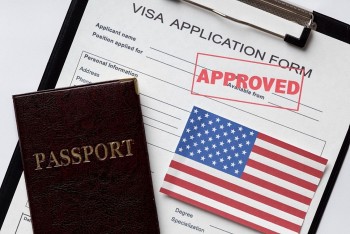 Visa-Free Travel to the U.S. in 2025: Complete List of 43 Eligible Countries Visa-Free Travel to the U.S. in 2025: Complete List of 43 Eligible Countries The U.S. Department of State has released the 2025 update for the Visa Waiver Program (VWP), featuring an updated list of qualifying countries and revised ... |
 Top 10 Non-Stop Flights From the USA (2025) with the Unique Features Top 10 Non-Stop Flights From the USA (2025) with the Unique Features Distances, Flight Times, Aircraft & Unique Features |
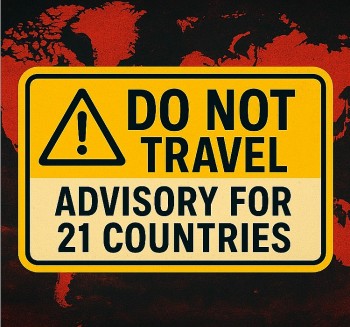 U.S. Issues “Do Not Travel” Advisory for 21 Countries - Full List and What It Means U.S. Issues “Do Not Travel” Advisory for 21 Countries - Full List and What It Means The U.S. warns citizens against visiting 21 high-risk countries due to war, terrorism, and civil unrest. These Level 4 travel advisories reflect growing global instability ... |

